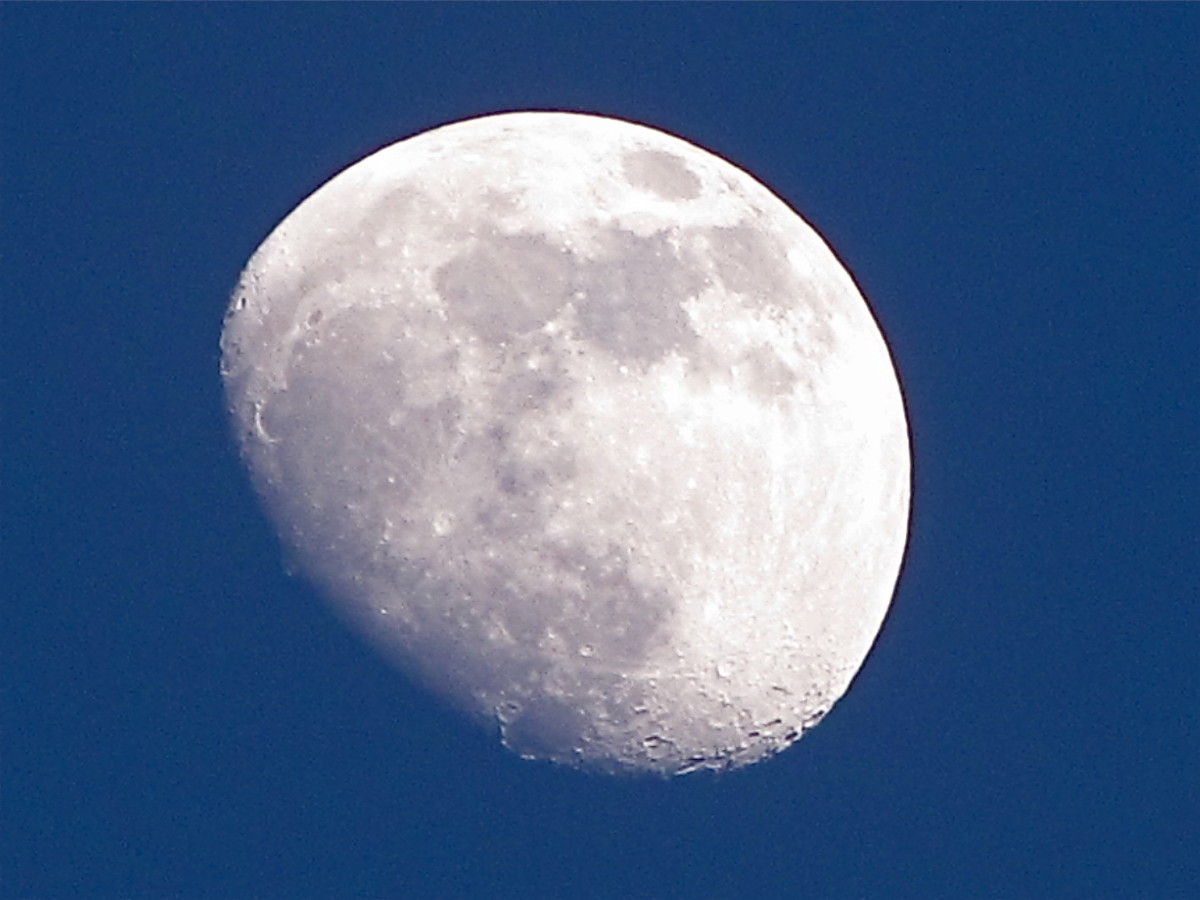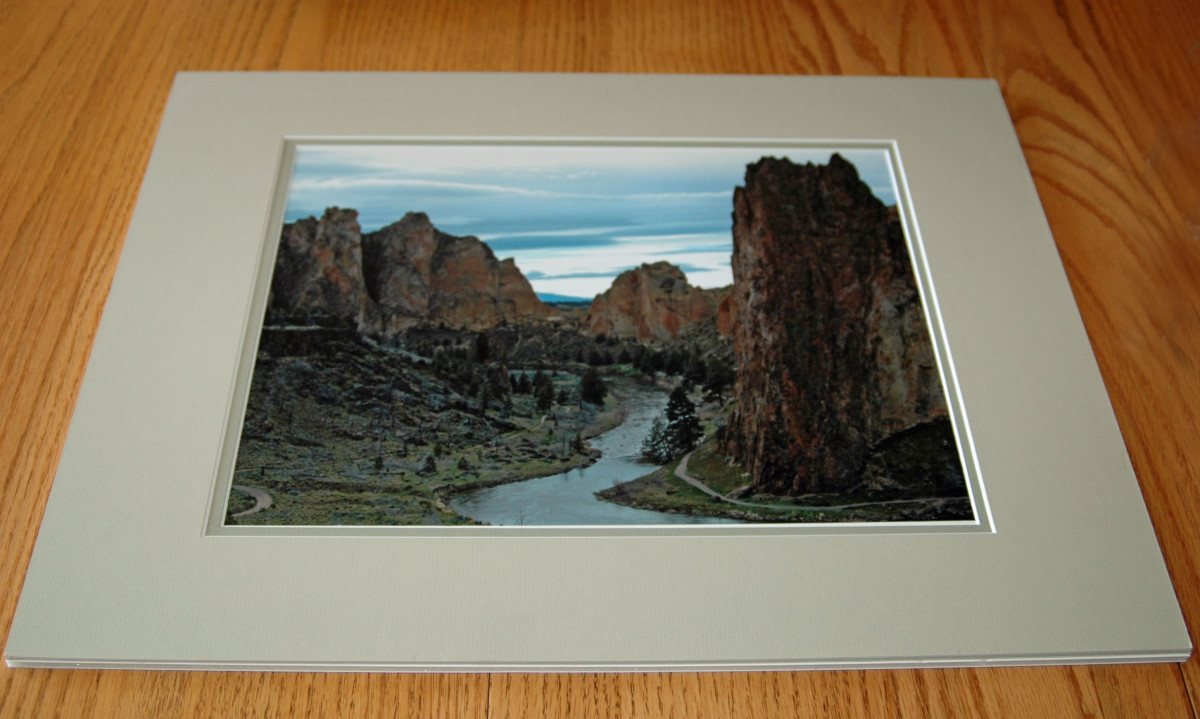Photography 101: Aperature

What is Aperture?
In simple terms, the aperture is like the iris of the eye. The bigger it is, the more amount of light that will be let into your camera. A device called the diaphragm controls the diameter of the lens opening.
The aperture is adjusted along with the shutter speed to control the image senor's degree of exposure to light. It is also used to adjust the depth of field which is essentially how much of the subject is in focus.
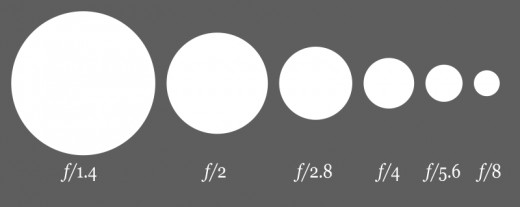
What is F-stop?
As you can see in the photo above, the f-stop number increases as the diameter of the lens decreases.
The lens aperture is referred to as an f-stop number, or the ratio or the focal length to the diameter of the lens. The bigger the number, the less light that is let into the camera.
Aperture and Exposure
The iris of the eye increases when a person is in a dark area and increases in bright areas. The aperture must be adjusted like the iris when shooting in dark or bright areas. When shooting in a dark room, you will want to set the aperture to a low f-stop so more light can enter the camera. When shooting outside in the bright sun, you will want to set the aperture to a high f-stop so too much light doesn't enter the camera and overexpose the photo.
Below is a chart that shows how aperture affect exposure.
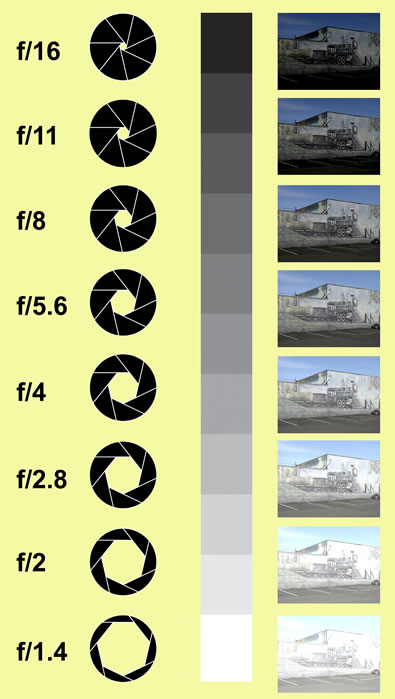
Aperture and Focal Length
As stated earlier, the aperture can also be used to adjust how much of your photo is in focus. The lower the f-stop, the less your photo will be in focus. Think of a portrait where the subject is in focus, but the background isn't. If your are taking a photo of a landscape, you will want to increase the focal length by increasing the f-stop. The higher the f-stop, the more that will be in focus.
Below is a chart that shows how aperture affects focal length.
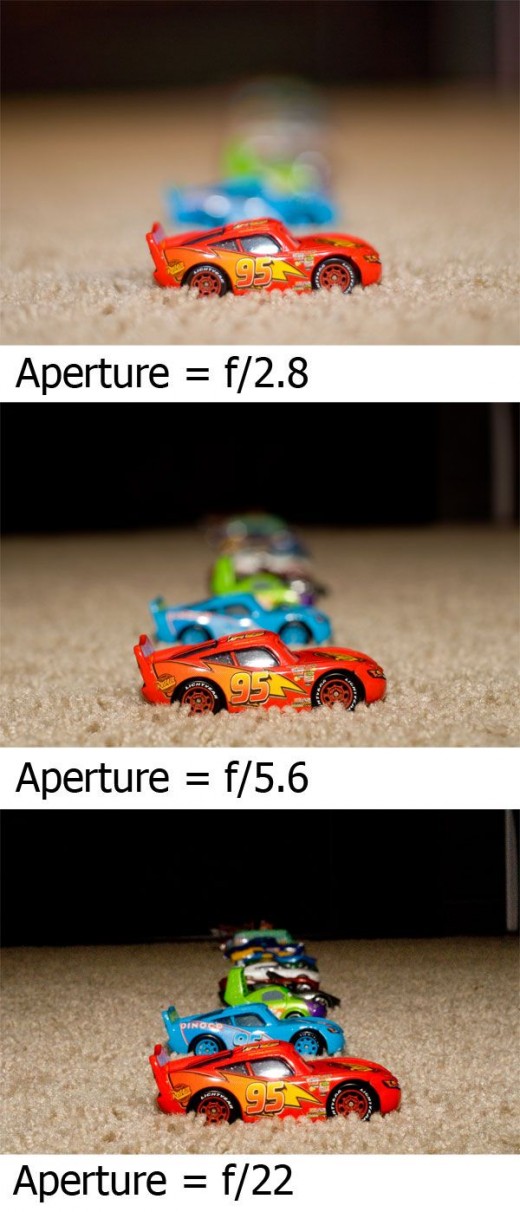
There can be a bit of a learning curve when you buy a DSLR. Your photographs can improve with enough time and practice. The easiest way to learn what you should and shouldn't do is to just go out and take pictures. Play around with the settings to see what works best.




